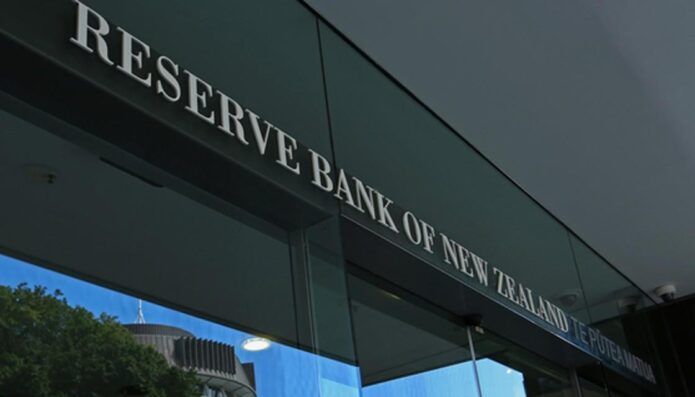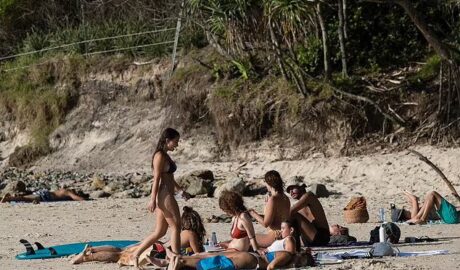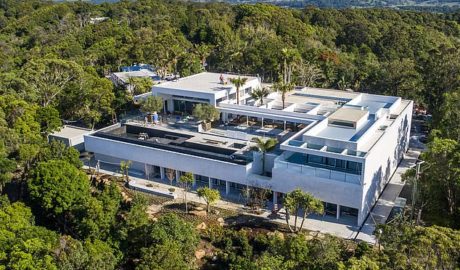PHOTO: Byron Bay. FILE
Byron Bay’s property boom has begun to slow down, as new figures show its rate of house price growth has halved and experts say prices could plateau or fall later in the year.
The regional coastal hotspot skyrocketed in popularity when the pandemic hit Australian shores in March 2020 as home buyers left the major cities in droves for warmer climates, driving prices through the roof.
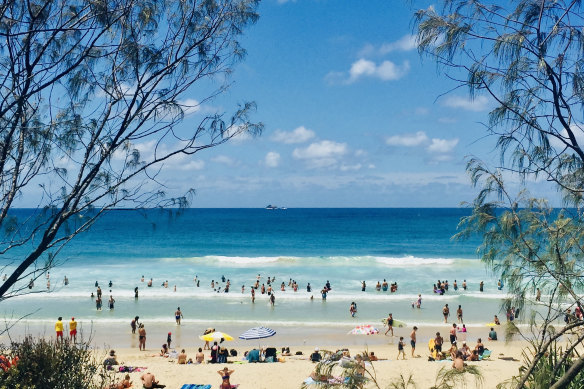
As a result, it consistently featured among the top areas for price growth, clocking double-digit gains within the first months of the pandemic that outpaced Sydney, and attracting celebrities and business moguls.
But its rapid growth has come to an end. Byron Bay council area’s annual house price growth reached a peak of 44 per cent in the March quarter and more than halved in the year to June to a still-sizeable 19.9 per cent.
While that added $10,000 to the median house price in the June quarter, taking it to a record $1.81 million, it was also the slowest annual growth rate since the pandemic hit, and experts say it is a turning point in Byron’s property boom due to rising interest rates and the impact of floods.
Affordability is also stretched, after the suburb of Byron Bay alone reached a median house price of $2,525,000. More affordable areas topped the latest regional house price league table, such as the Murray River shire where prices jumped 49.1 per cent in the year to June, to a median $656,000.
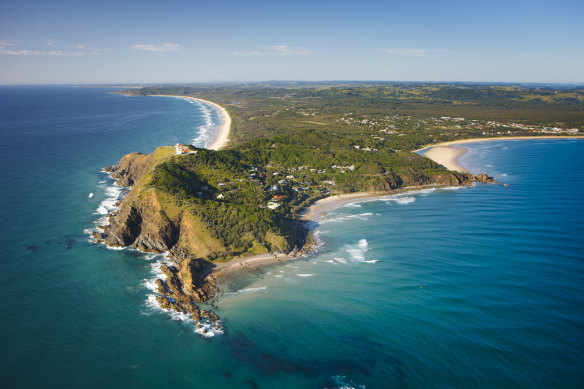
The slowdown coincides with a push in the autumn for workers to return to their CBD offices at least part of the week, after long stretches of working from home that prompted a wave of families to consider a sea change.
Domain chief of research and economics Dr Nicola Powell said there had been a marked slowdown in Byron’s property market.
“What it illustrates is one, that the boom has eased, that has gone and passed, and two, people who have investment properties, or locals, have decided to sell out because it has been such a lucrative time during the pandemic,” Powell said.
“Byron Bay property is certainly on the slowdown. When you look at those regional markets, Byron experienced phenomenal growth. It was extreme price growth.
“We saw this boom of demand as a result of the pandemic and the outward exodus of cities.”
This unprecedented price growth also meant Byron’s housing market was more vulnerable to price declines, Powell said.
“It’s one of those that is a bit more vulnerable to a bit of a correction because we saw such a significant rate of growth,” she said.
“We could see a pullback in price as a result of not only the rapid incline in prices but also the damage to borrowing capacity due to increase in interest rates and inflation.”
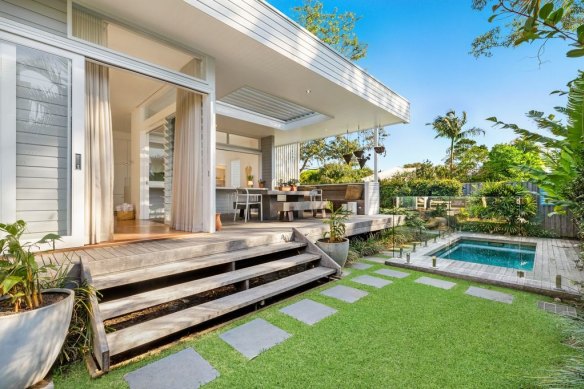
Bryon Bay Real Estate Agency’s Liam Annesley said the region experienced a slowdown earlier than other areas due to the two floods at the start of the year.
“We experienced the slowdown earlier than most and that’s because of the floods that happened in the area,” Annesley said.
The March quarter peak would have captured settlements from sales in January and February, Annesley said, while the flood-induced slowdown showed up in the June quarter figure.
Annesley said buyers were also factoring the rising cost of living and mortgage repayments into their offers and expected the market to plateau for at least six months as they adjust.
“They are getting used to the words interest rate rises and are factoring it in,” he said.
READ MORE VIA SMH
MOST POPULAR IN NEW ZEALAND
 AGENT CRISIS: Number of real estate agents DIVE in last three months
AGENT CRISIS: Number of real estate agents DIVE in last three months WHAT? Sandra Bullock is selling Graeme Norton’s Karaka home | WATCH
WHAT? Sandra Bullock is selling Graeme Norton’s Karaka home | WATCH NBR rich list 2022
NBR rich list 2022 Melissa Caddick’s parents and husband face being HOMELESS | AUSTRALIA
Melissa Caddick’s parents and husband face being HOMELESS | AUSTRALIA Inside the epic world of gangster mum who went from public housing to a VERY lavish lifestyle
Inside the epic world of gangster mum who went from public housing to a VERY lavish lifestyle New kiwi Property TV Show: RICH LISTERS
New kiwi Property TV Show: RICH LISTERS First home buyers awarded $900,000 in damages
First home buyers awarded $900,000 in damages AUSTRALIA: Inside the lavish life and stunning $5million mansion of collapsed building boss
AUSTRALIA: Inside the lavish life and stunning $5million mansion of collapsed building boss Auckland house prices tumble by over $100,000 | TRADE ME
Auckland house prices tumble by over $100,000 | TRADE ME THE PARTY IS OVER: Real estate agent commissions are likely to fall 30%
THE PARTY IS OVER: Real estate agent commissions are likely to fall 30%





